The concept of "Five Conditions" in agriculture is gradually becoming a crucial tool for enhancing agricultural productivity, ensuring food security, and promoting sustainable agricultural development. These five conditions—soil moisture, crop growth, pest activity, disease prevalence, and weather—encompass the primary ecological factors that influence crop growth, development, yield, and quality. Through scientific and effective monitoring and management, the Five Conditions contribute to the standardization, intelligence, and efficiency of agricultural production, injecting new vitality into the development of modern agriculture.
Pest Monitoring Lamp
The pest monitoring system utilizes optical, electrical, and digital control technologies to achieve functions such as far-infrared automatic pest processing, automatic bag replacement, and autonomous lamp operation. Without human supervision, the system can automatically complete tasks such as pest attraction, extermination, collection, packaging, and drainage. Equipped with an ultra-high-definition camera, it can capture real-time images of pest occurrence and development, enabling image collection and monitoring analysis. The data is automatically uploaded to a cloud management platform for remote analysis and diagnosis.
Crop Growth Monitor
The automatic crop growth monitoring system is designed for large-scale field crop monitoring. It can automatically capture and upload images of monitored fields to the FARMNET cloud management platform, allowing for remote viewing and analysis of crop growth. Powered by solar energy, the system requires no field wiring and wirelessly transmits data, making it suitable for distributed multi-point monitoring across vast agricultural areas.
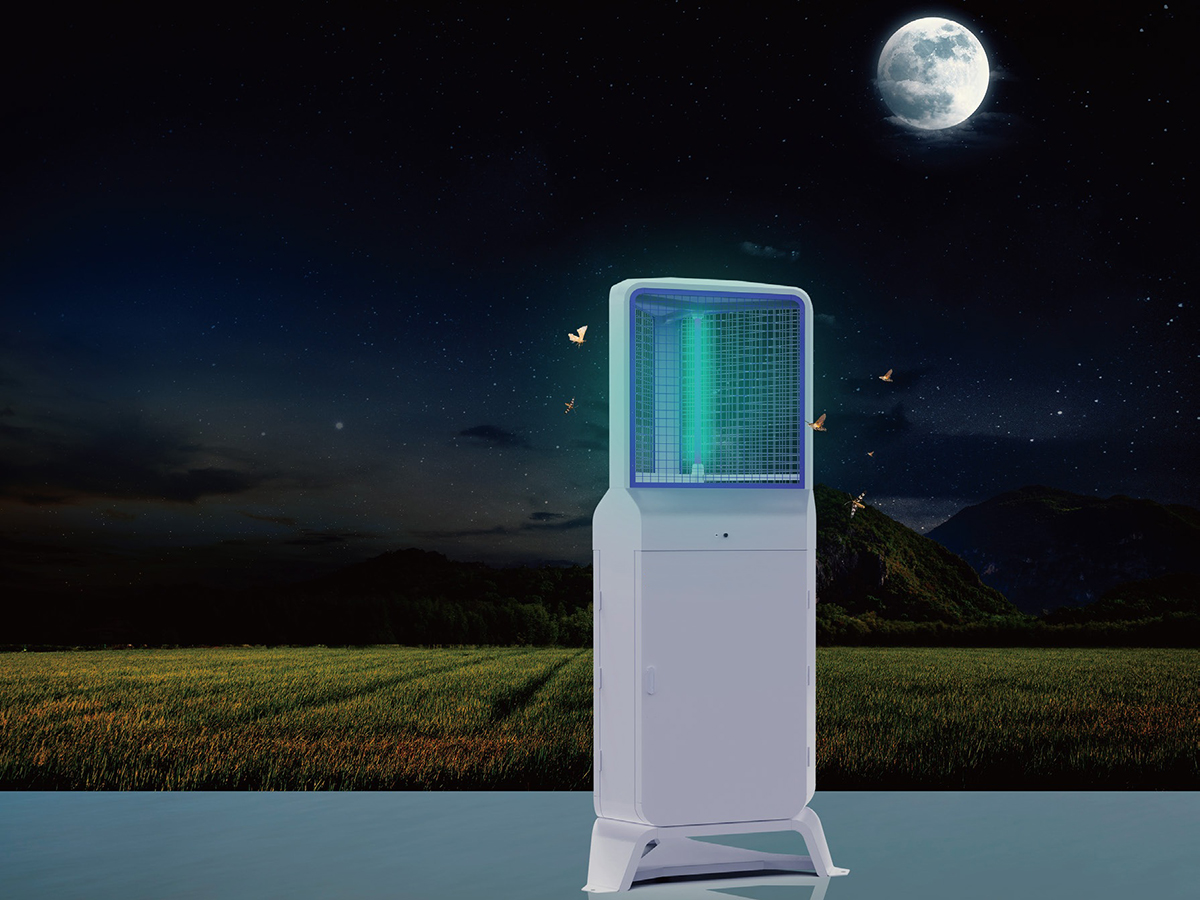
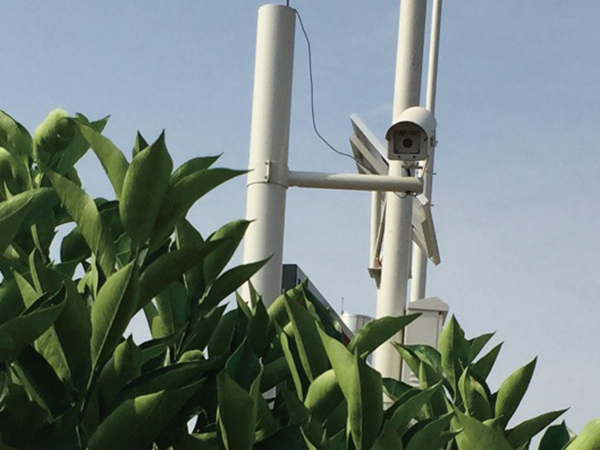
Wireless Soil Moisture Sensor
Chuanpeng offers easy-to-install, maintenance-free wireless soil moisture sensors that provide fast and accurate measurements of water content in various soil types, including soil and substrates (such as rock wool and coconut coir). Utilizing wireless transmission technology with long-range capabilities, the sensors communicate in real-time with irrigation controllers, transmitting field or substrate moisture data to inform irrigation timing and volume. Installation is extremely convenient, with no wiring required. The sensors can measure moisture at up to 10 different soil depths, providing comprehensive insights into root zone moisture levels and enabling precise irrigation calculations.
Spore Trap (Disease Monitoring)
Designed to collect airborne pathogenic spores and pollen particles, the spore trap is primarily used to detect the presence and spread of disease-causing spores, providing reliable data for predicting and preventing disease outbreaks. It also collects various types of pollen for research purposes. This device is essential for agricultural plant protection departments to monitor crop diseases. The instrument can be fixed in monitoring areas for long-term observation of spore types and quantities.
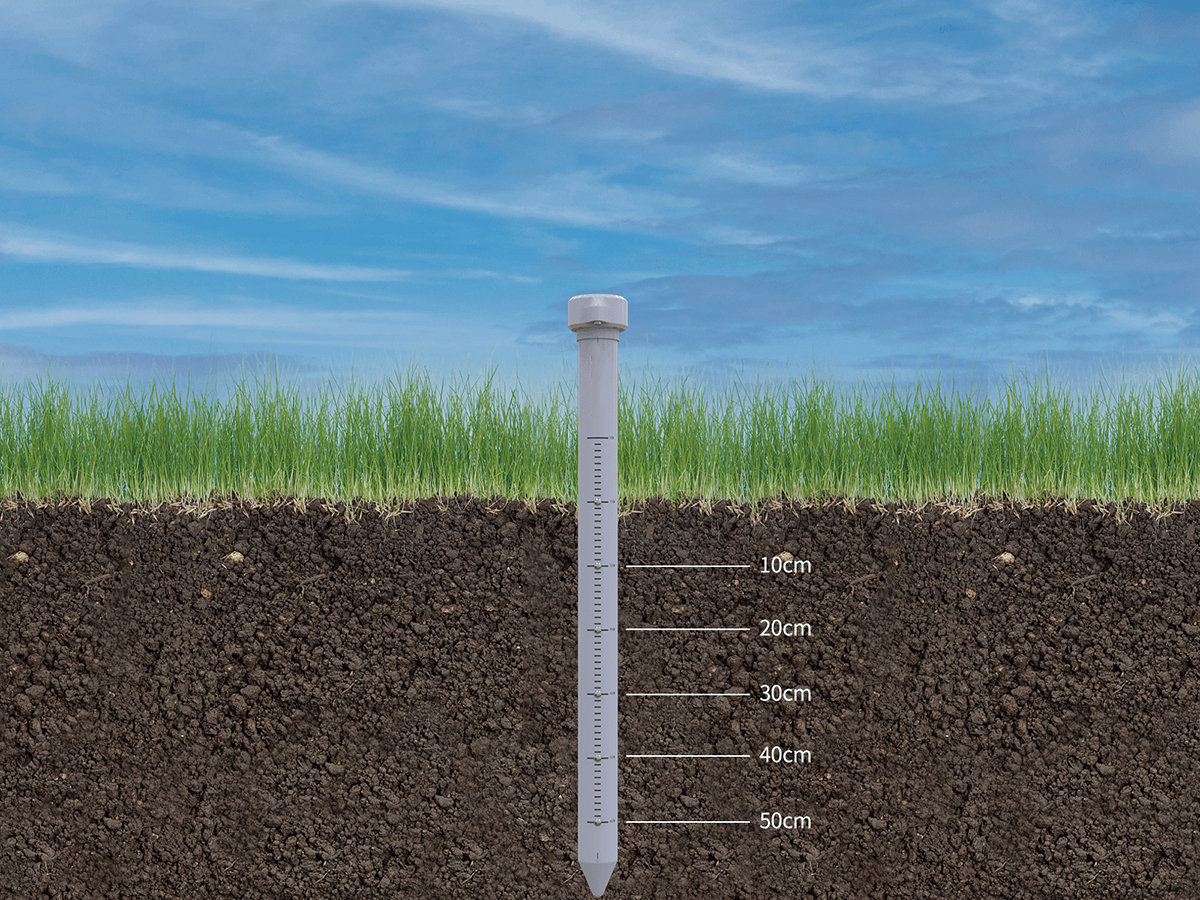
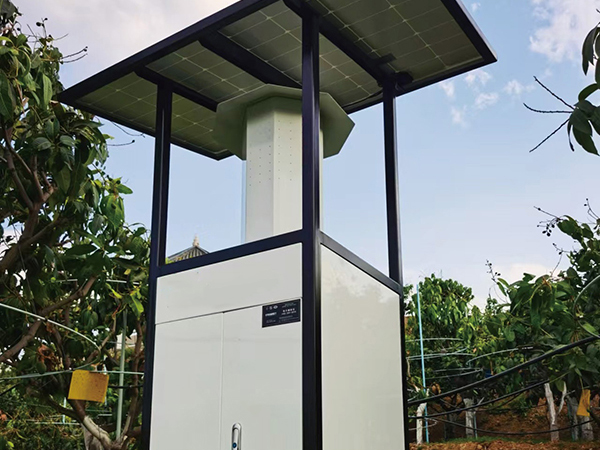
Automatic Weather Station
The FN-WSB weather station provides real-time, on-site monitoring of key meteorological factors such as wind direction, wind speed, relative humidity, temperature, light, and precipitation. The data is directly transmitted to the cloud, allowing farmers to access farm weather conditions via a mobile app. Chuanpeng's irrigation system control host can also wirelessly receive data from the weather station, enabling advanced calculations for better irrigation control. The weather station is equipped with comprehensive lightning protection and anti-interference measures, ensuring reliable operation in harsh outdoor environments. It features low power consumption, high stability, precision, and minimal maintenance.
Solar Insecticidal Lamp
The solar insecticidal lamp uses solar panels as its power source, storing energy during the day and releasing it at night to power the lamp. The lamp exploits insects' strong phototaxis, wave attraction, color attraction, and behavioral tendencies. By determining the specific wavelengths that attract pests, the lamp uses a specialized light source and low-temperature plasma generated by discharge to lure pests. Ultraviolet radiation excites the pests, drawing them toward the light source, where they are killed by a high-voltage grid and collected in a dedicated bag, effectively controlling pest populations.
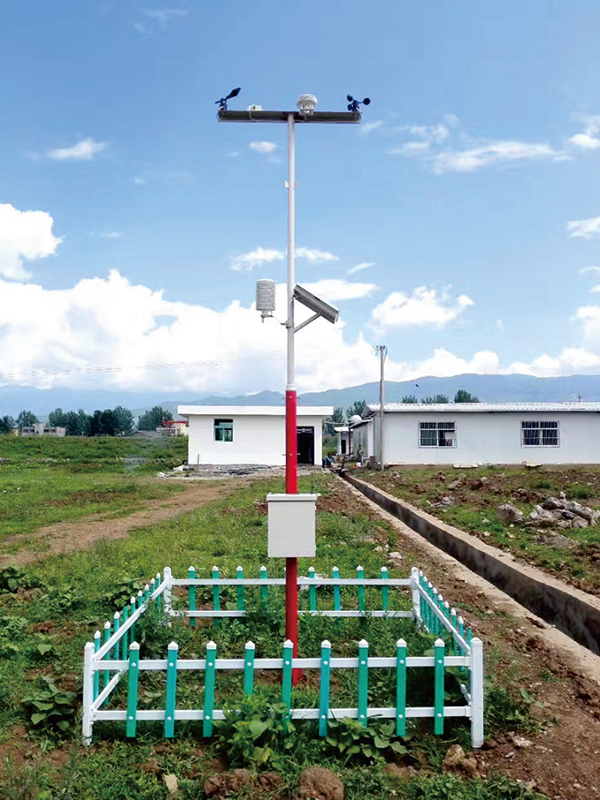
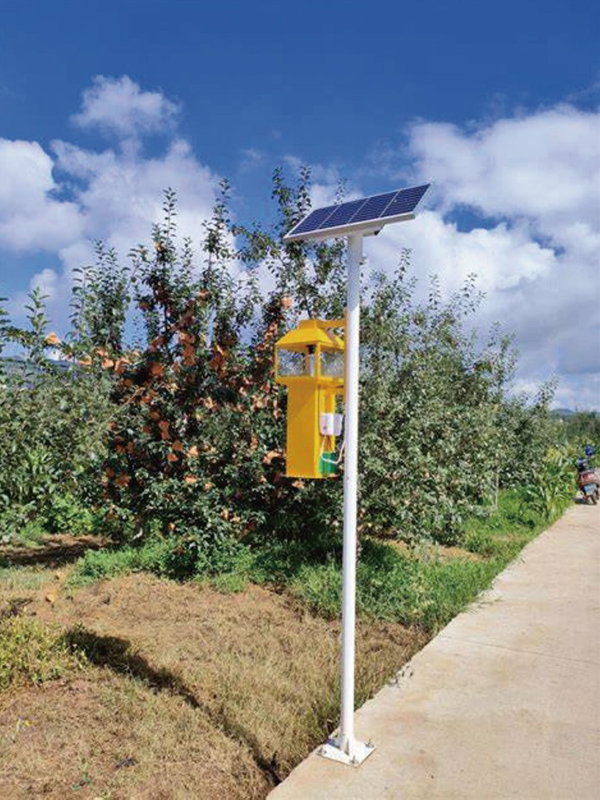
Post time: Feb-24-2025

